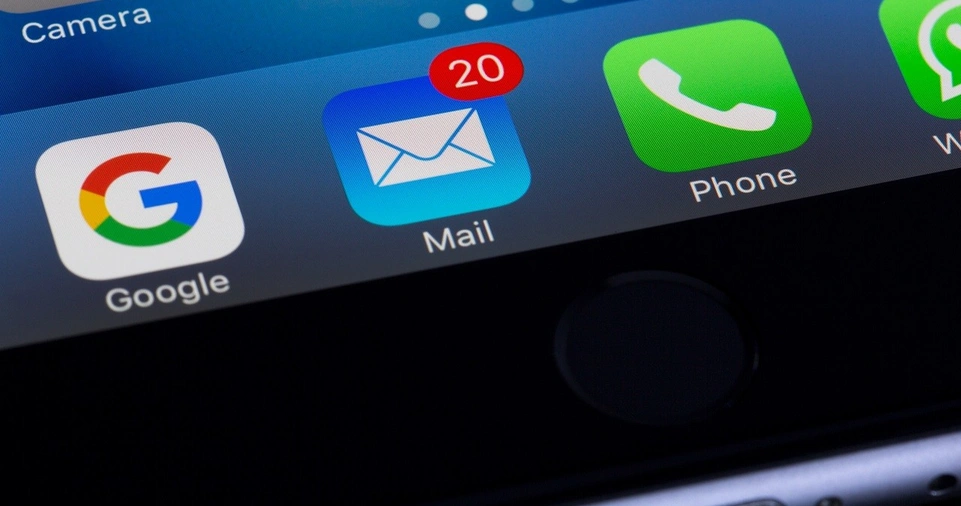Email marketing remains one of the most effective digital marketing strategies, providing businesses with a direct line of communication to their audience.
When executed correctly, an email marketing campaign can drive engagement, nurture leads, and boost conversions.
In this guide, we will discuss how to start and grow an email marketing campaign effectively, covering everything from goal-setting and list-building to automation and performance optimization.
Understanding Email Marketing
Email marketing is a strategic approach to sending emails to prospects and customers to build relationships, promote products, and increase brand awareness. The key benefits include:
- High return on investment (ROI)
- Personalized and targeted communication
- Increased customer engagement
- Better lead nurturing and conversion rates
- Cost-effective marketing strategy
- Enhanced customer retention and brand loyalty
- Ability to track and measure performance in real-time
Setting Goals for Your Email Marketing Campaign
Before starting, define your campaign objectives. Common goals include:
| Goal Type | Description |
|---|---|
| Brand Awareness | Increase brand recognition and visibility |
| Lead Generation | Capture new potential customers |
| Customer Engagement | Build relationships and loyalty |
| Sales and Revenue | Boost conversions and sales |
| Customer Retention | Keep existing customers engaged |
| Re-engagement | Win back inactive subscribers |
| Educational Content | Provide value through informative emails |
Clearly defining goals will help shape your strategy, content, and success metrics.
Building and Growing an Email List
A strong email list is the backbone of your campaign. Follow these best practices:
Creating Opt-in Forms
Design high-converting opt-in forms using:
- Pop-ups
- Landing pages
- Sidebar forms
- Exit-intent forms
- Social media lead forms
Offering Lead Magnets
Provide incentives to encourage sign-ups, such as:
- eBooks or guides
- Discounts and coupons
- Free trials
- Webinars
- Exclusive content (videos, reports, case studies)
- Early access to sales or events
Using Segmentation Strategies
Segment your list based on:
- Demographics (age, location, gender)
- Purchase behavior
- Engagement level
- Interests
- Website browsing history
- Past email interactions
Choosing the Right Email Marketing Platform
Selecting the best email marketing tool ensures efficiency. Popular platforms include:
| Platform | Features |
|---|---|
| Mailchimp | Automation, templates, analytics, CRM integration |
| Constant Contact | Easy-to-use, drag-and-drop editor, event management |
| ConvertKit | Designed for bloggers and creators, automation tools |
| HubSpot | CRM integration, robust analytics, advanced personalization |
| ActiveCampaign | Advanced automation and segmentation, predictive sending |
| SendinBlue | SMS marketing, email automation, AI-powered tools |
Crafting Effective Email Content
Your emails must be engaging and valuable. Key components include:
Writing Compelling Subject Lines
Subject lines determine open rates. Best practices:
- Keep it short (6-10 words)
- Use curiosity or urgency
- Personalize with the recipient’s name
- Avoid spammy words like “free” or “win”
- A/B test different variations
Creating Engaging Email Copy
Ensure your email copy:
- Is clear, concise, and conversational
- Uses storytelling techniques
- Includes a strong call to action (CTA)
- Aligns with the recipient’s interests
- Provides value (informative, entertaining, or promotional)
Adding Visual Appeal
Enhance emails with:
- High-quality images
- GIFs and videos
- Well-structured formatting
- Interactive elements (polls, surveys, countdown timers)
Automating Your Email Campaigns
Automation helps nurture leads and saves time. Common automated emails include:
| Email Type | Purpose |
|---|---|
| Welcome Emails | Greet new subscribers and set expectations |
| Drip Campaigns | Guide leads through a sales funnel |
| Cart Abandonment | Recover lost sales |
| Re-engagement | Win back inactive subscribers |
| Follow-up Emails | Nurture leads after inquiries or interactions |
| Event Reminders | Notify subscribers of upcoming events |
| Anniversary Emails | Celebrate milestones with customers |
Use automation tools like ActiveCampaign, HubSpot, and Mailchimp to streamline these processes.
ALSO READ: How to Register Your Business in the USA?
Analyzing and Optimizing Performance
Monitor campaign performance using key metrics:
| Metric | Definition |
|---|---|
| Open Rate | Percentage of recipients who open emails |
| Click-Through Rate (CTR) | Percentage of users clicking on links |
| Conversion Rate | Percentage of users taking the desired action |
| Unsubscribe Rate | Percentage of people opting out |
| Bounce Rate | Percentage of emails not delivered |
| Spam Complaint Rate | Frequency of recipients marking emails as spam |
Use A/B testing to optimize subject lines, email copy, CTAs, and design elements for better results.
Ensuring Email Deliverability
To avoid emails landing in spam, follow these tips:
- Use double opt-in methods
- Authenticate emails using SPF, DKIM, and DMARC
- Avoid spammy words and excessive punctuation
- Keep email lists clean by removing inactive subscribers
- Maintain a healthy sender reputation by monitoring email engagement rates
- Test emails before sending using deliverability tools
Personalization and Segmentation for Higher Engagement
Segmenting your audience allows for more relevant and personalized messages. Use data like:
- Past purchases
- Browsing behavior
- Email engagement history
- Customer preferences and feedback
- Lifecycle stage (new leads, repeat customers, inactive subscribers)
Personalization can increase open rates by up to 26% and improve overall email engagement.
Scaling Your Email Marketing Efforts
Once you establish a solid foundation, expand your efforts by:
- Increasing list-building strategies
- Experimenting with advanced automation
- Refining personalization tactics
- Integrating email marketing with social media and paid ads
- Implementing AI-driven email optimization tools
- Testing different email cadences and content strategies
Advanced Email Marketing Strategies
For long-term success, consider these advanced tactics:
- Behavioral-based automation
- Dynamic content personalization
- Interactive email elements
- Hyper-segmentation for highly targeted messaging
- AI-powered email subject line generation
ALSO READ: How to Choose the Right Blog Topics for Your Audience?
Conclusion
Starting and growing an email marketing campaign requires strategic planning, valuable content, and ongoing optimization.
By leveraging segmentation, automation, and analytics, you can maximize your campaign’s effectiveness and achieve your marketing goals.
As you scale your efforts, incorporating advanced personalization and automation will further enhance engagement and drive sustainable growth.







